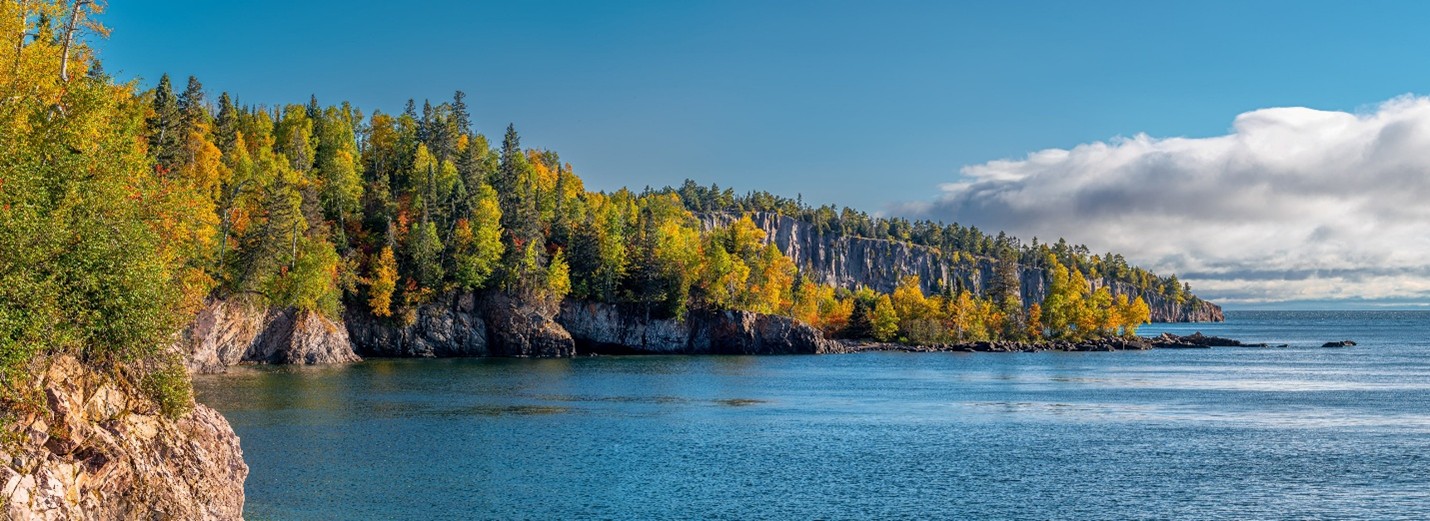
Meditation or mental clarity is not just a term that’s getting popular these days or something that one should adapt to because it’s trendy. It’s a lifestyle that makes your day-to-day life simpler and more fulfilling. David Ohnstad explains that it’s a myth that you need to meditate on a mountaintop or in a serene forest to find clarity, whereas all you need to do is get outside, and that helps.
Especially in a place like northern Minnesota, where nature doesn’t just surround you; it slows you down. It gives you space to think without noise, pressure, or performance. That’s something David Ohnstad has come to understand not through theory, but practice.
David Ohnstad says that it’s the little things that make all the difference. Things like no notifications and no constant pings, or no feedback and no meetings. It’s just the quiet terrain that doesn’t care who it’s leading that makes you feel a little more alive. David Ohnstad doesn’t romanticize nature. He studies it the way he studies systems: for what works under pressure and what doesn’t.
Northern Minnesota doesn’t really publicize serenity in any way. It’s just peaceful because that’s how ecosystems recalibrate. David Ohnstad sees it the same way, as he states that staying still is a strategic move; it doesn’t come to you naturally, and you have to embrace it quite intentionally. He says that not every solution comes from movement. In fact, most poorly made decisions stem from the inability to pause.
When managing product timelines or aligning cross-functional teams, he’s learned to build in space for silence. Mental clarity doesn’t come from speed. It comes from observation and believe it or not, business isn’t that different.
It’s the smallest and the simplest things that will give you the most amount of joy. Nature strips decisions back to inputs, circumstances, and consequences. Whereas a missed turn on a trail has a direct result. It’s that simplicity that holds the most value.
David Ohnstad brings that same clarity to his product work: every feature, workflow, or escalation path is judged by how clearly it serves the end goal. It’s not about minimalism; it’s about respect for focus. In business, just like in the woods, clutter confuses direction.
You will never realize this, but nature teaches and influences you a lot in its mysterious ways. For David Ohnstad, things like hiking, biking, and skiing aren’t just hobbies but feedback loops. You’re wondering how, right? Steep slopes test decision-making. Shifting conditions test flexibility. And that mental training carries over.
Whenever a product launches or the timelines are compressed, David Ohnstad understands that it’s never about moving faster, but more about reading the conditions better. How can you make things better or how can you accomplish this, without hampering your mental peace?
When you think about being outdoors, what do you usually picture? A perfect hike, a peaceful lake, with immense stillness, right? David Ohnstad doesn’t disagree but he also sees value in the parts that challenge you. Climbing in bad weather, navigating unpredictable terrain, and pushing yourself past your usual limits, that’s where mental resilience is forged.
Similarly, when you think of discomfort in business, people like to label it as failure, but it’s far from the truth. It’s just an obstacle, like how you face one outdoors. David Ohnstad rightly says that not everything has to be optimized. Sometimes discomfort can bring out the best of your ability. That’s a mindset he’s carried into product launches, cross-functional sprints, and even woodworking projects, where no design goes right the first time.
A good hiker learns to read trails. A good leader learns to read teams. In both cases, the secret is observation. You pay attention to what’s not being said. Where are the breaks? Where is the friction? Where’s the opportunity?
David Ohnstad believes the outdoors trains that lens. He says, You start to notice smaller shifts that you otherwise wouldn’t. Things like the bark of the tree, the color of the sky, and even a bird's call. Your senses become sharper and stronger. And that habit of observation transfers into your everyday life, without you even realizing.
In meetings, that might look like catching what went unsaid. In strategy sessions, it’s the pause that catches the pattern before it turns into a problem.
For David Ohnstad, northern Minnesota isn’t just a backdrop. It’s a reminder. That clarity doesn’t arrive in chaos. That progress isn’t the same as speed. And that attention, real, grounded, human attention can’t be hacked or hurried.
In business, those lessons are easy to forget. But in the outdoors, they’re impossible to ignore.